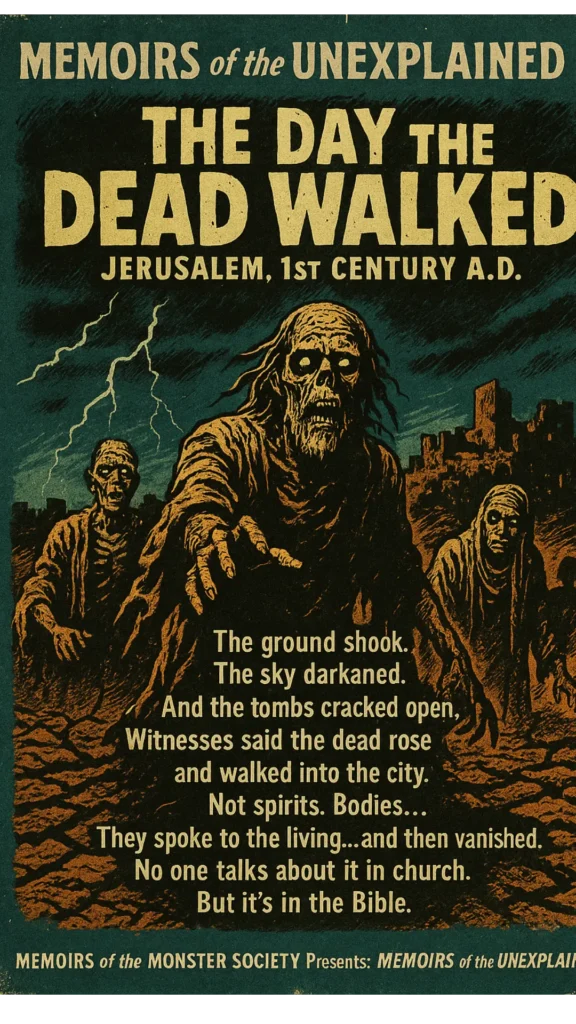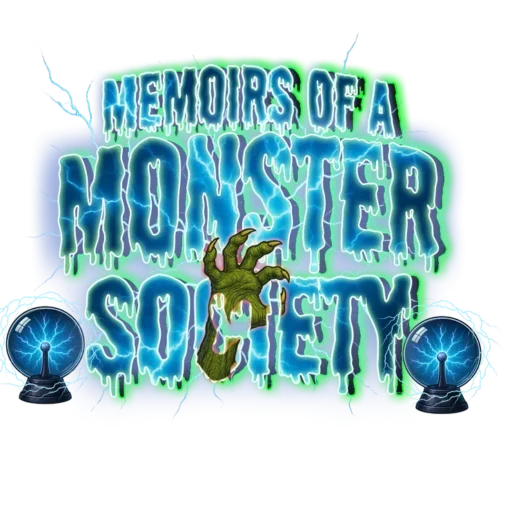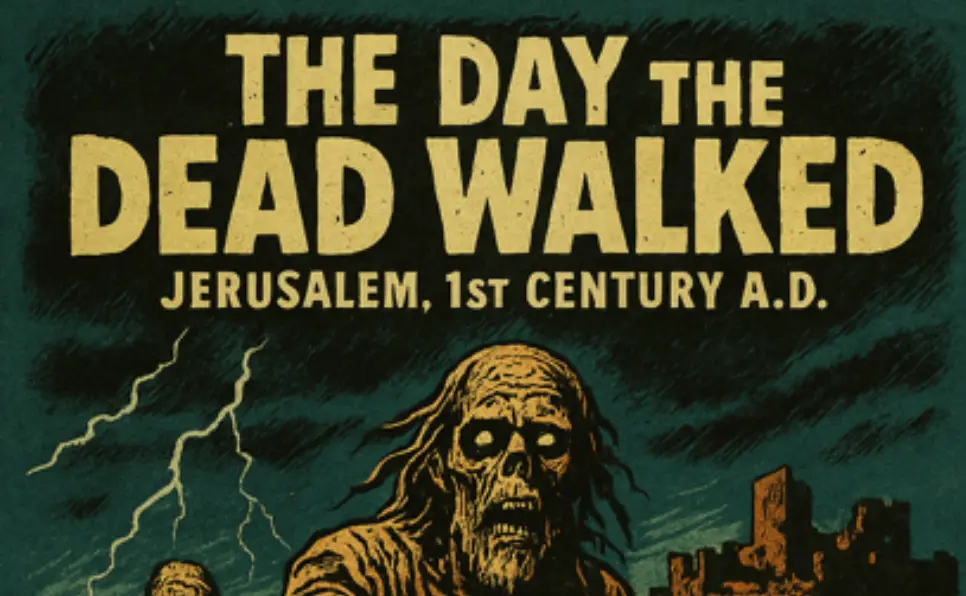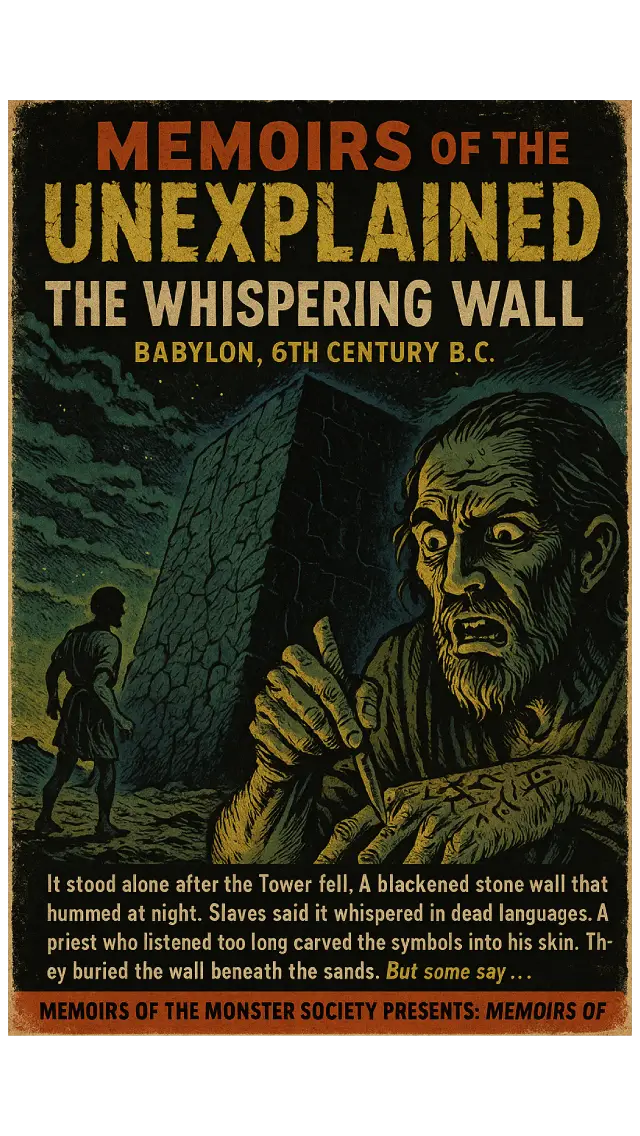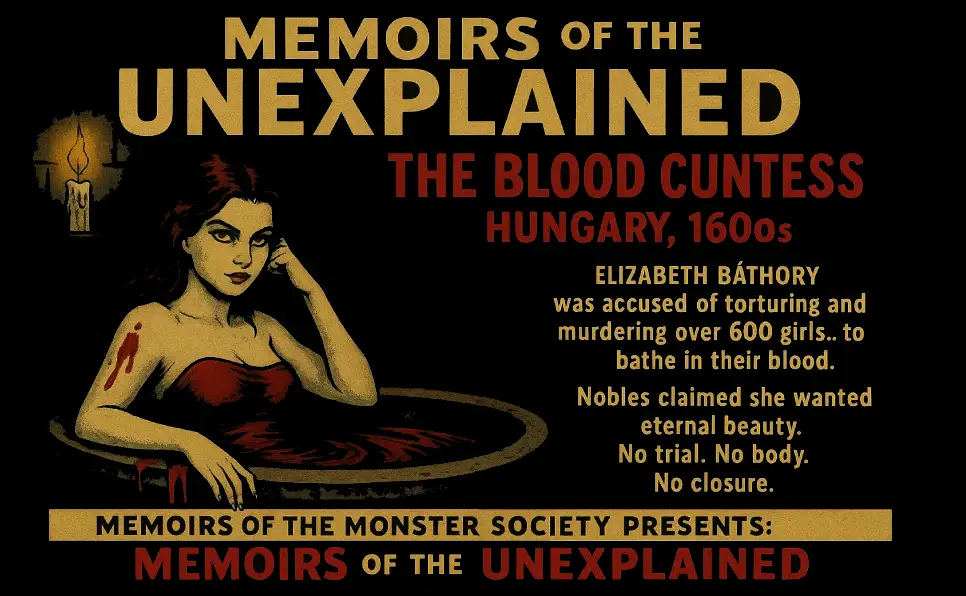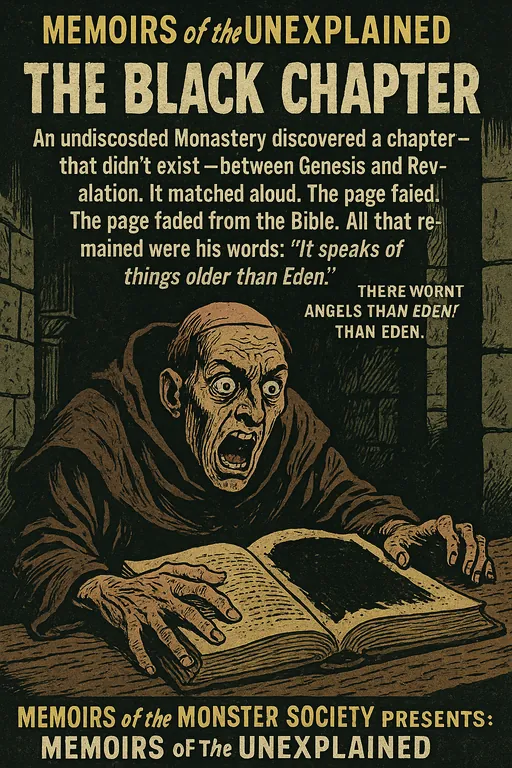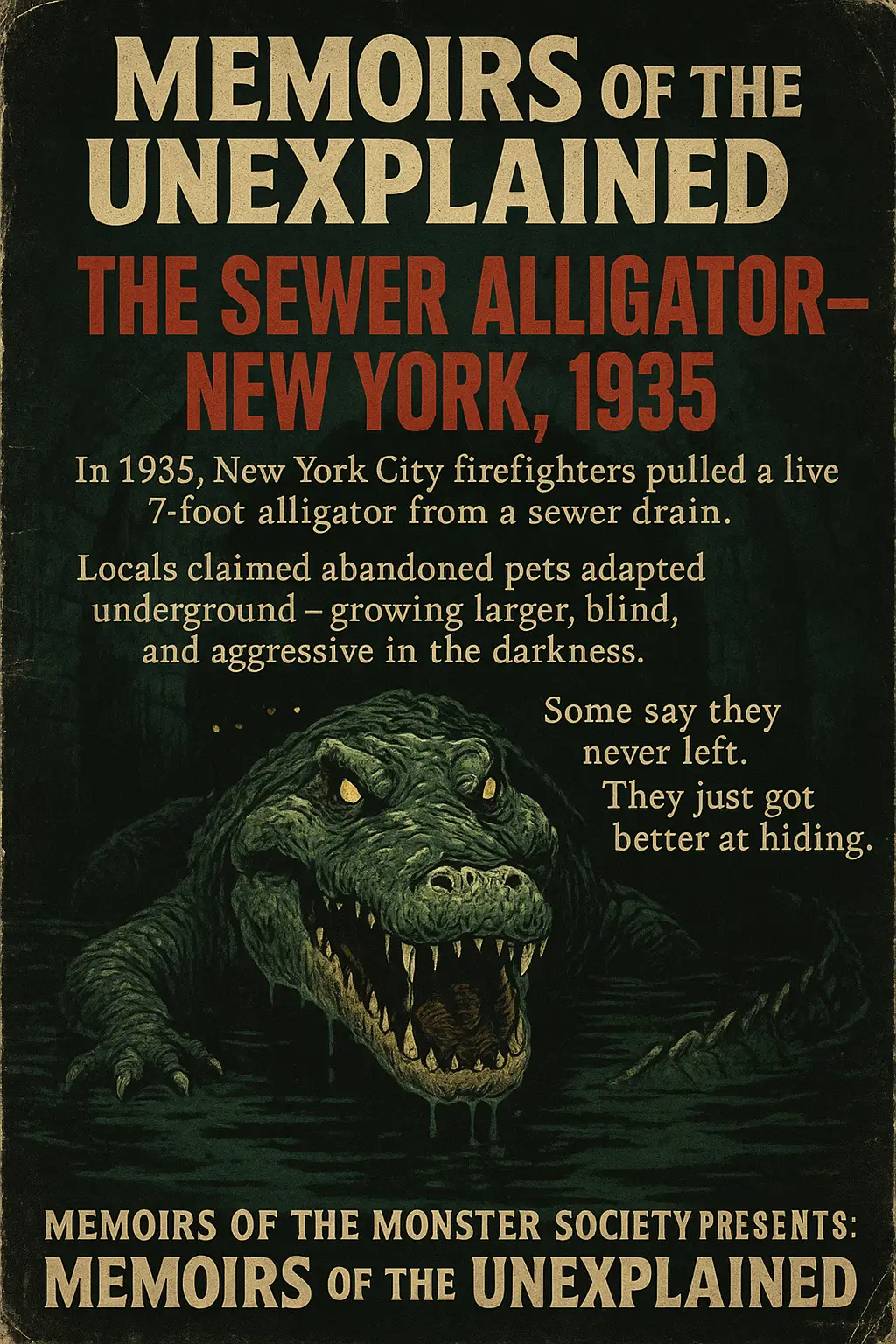The Bible’s Forgotten “Walking Dead”? Ezekiel’s Valley of Dry Bones
A Memoirs of the Unexplained feature by Memoirs of a Monster Society (and yes, we’re also aiming to rank for memoirs of a monster).
I. Introduction
Do zombies in the Bible exist, or are we importing horror language onto ancient texts? One of the most striking passages—often cited in debates about the biblical origins of zombies—is Ezekiel 37:1–14, commonly called Ezekiel’s Valley of Dry Bones.
In this article, we’ll outline the text, context, and competing interpretations—literal, symbolic, cultural, and even paranormal—so you can decide. That’s the spirit of Memoirs of the Unexplained: present the evidence, let you choose.
Thesis: The biblical account of Ezekiel’s vision has fueled centuries of curiosity—from “Do zombies exist in the Bible?” to “The Bible’s take on zombies”—and the meaning ultimately rests with the reader.
II. The Biblical Account
Summary of Ezekiel 37:1–14
- Ezekiel is carried “in the Spirit” to a valley filled with very dry bones (vv. 1–2).
- At God’s command, he prophesies: bones assemble, tendons and flesh appear, skin covers them—but they lack breath (vv. 4–8).
- Ezekiel then calls the breath/wind/Spirit from the four winds; the bodies receive breath and stand as “a vast army” (vv. 9–10).
- God interprets the vision: the bones are “the whole house of Israel.” God promises national and spiritual restoration (vv. 11–14).
Language & Imagery: The passage pivots on ruach (Hebrew for wind/breath/spirit). The dramatic sequence—reassembly, flesh, and breath—reads like staged resurrection, which is why the text appears in conversations about biblical zombies and the biblical undead.
Historical Context
Ezekiel prophesied during the Babylonian exile (6th century B.C.). Israel’s monarchy had fallen; many felt spiritually dead and nationally hopeless. The vision speaks into that crisis, promising a future restoration, which frames how many readers interpret the scene.
Primary text: Ezekiel 37:1–14 (BibleGateway).
III. Interpretations & Theories
1) Literal Resurrection
Some readers see a literal reanimation—bodies restored and animated by divine breath. This perspective fuels queries like “What does the Bible say about zombies?” and “Zombies in biblical prophecy,” though it differs from pop-culture zombies: the agency here is God’s Spirit, not a curse or infection.
2) Symbolic or Metaphorical
The majority view treats the vision as a metaphor for Israel’s revival—national return and spiritual renewal. In that frame, Ezekiel’s “undead” are a vision-sign, not a historical event.
3) Supernatural/Paranormal
Paranormal readers lean into the uncanny: a divine mass reanimation that previews end-times resurrection. That reading keeps interest high for terms like “Zombies in biblical scripture” and “The Bible’s take on zombies.”
4) Cultural-Historical
Others emphasize how exilic audiences heard the promise: God can revive a people who feel beyond repair. In this view, the valley vision is powerful prophetic drama rooted in its time and place.
Implications
- Literal: bolsters belief in God’s power over death; invites comparisons to end-times hopes.
- Symbolic: encourages communities in despair; centers spiritual renewal over spectacle.
- Paranormal: bridges scripture with broader supernatural curiosity; a fit for horror-myth discussions.
- Cultural: situates the passage as ancient theater of hope amid exile trauma.
IV. Similarities & Parallels
Other Biblical Accounts
- Matthew 27:51–53 — after Jesus’ death, the earth shakes, tombs open, and “many bodies of saints” are raised, appearing to many. See the text at BibleGateway.
- Resurrection in the Bible more broadly includes Elijah/Elisha accounts (1 Kings 17; 2 Kings 4), the raising of Lazarus (John 11), and Jesus’ own resurrection (the cornerstone of Christian faith).
Ancient Cultural Echoes
Reanimation and life-giving breath show up across ancient mythologies (think “breath of life,” divine wind, underworld returns). These motifs help explain why Ezekiel 37 resonates beyond theology—into horror, folklore, and modern media.
V. Conclusion
Whether you read Ezekiel 37 as a literal revival, a symbolic promise, or a supernatural signpost, the vision endures because it hits a human nerve: the hope that even the driest bones can live again.
In true Memoirs of the Unexplained fashion, we leave the last word to you. What’s your interpretation of the biblical undead—and how does it shape your view of zombies in the Bible and the Bible’s take on zombies?
Presented by Memoirs of the Monster Society—and filed under memoirs of a monster for readers who like their research with a side of dread.
Frequently Asked Questions
Does the Bible actually mention “zombies”?
The word “zombie” does not appear in biblical texts. However, passages like Ezekiel 37 and Matthew 27:51–53 describe dramatic reanimation or resurrection, which fuels modern discussions of “biblical zombies.”
Is Ezekiel’s vision literal or symbolic?
Scholars disagree. Many read it as symbolic national/spiritual restoration; others allow for a literal or supernatural layer. Our approach: present the text and let the reader decide.
How is this different from pop-culture zombies?
In scripture, reanimation is attributed to God’s Spirit and often serves a restorative or revelatory purpose—not contagious horror.
